Highlights From Biennale Internationale Design Saint-Etienne
In its 10th year, the festival explores the ever-changing state of technology, work and society
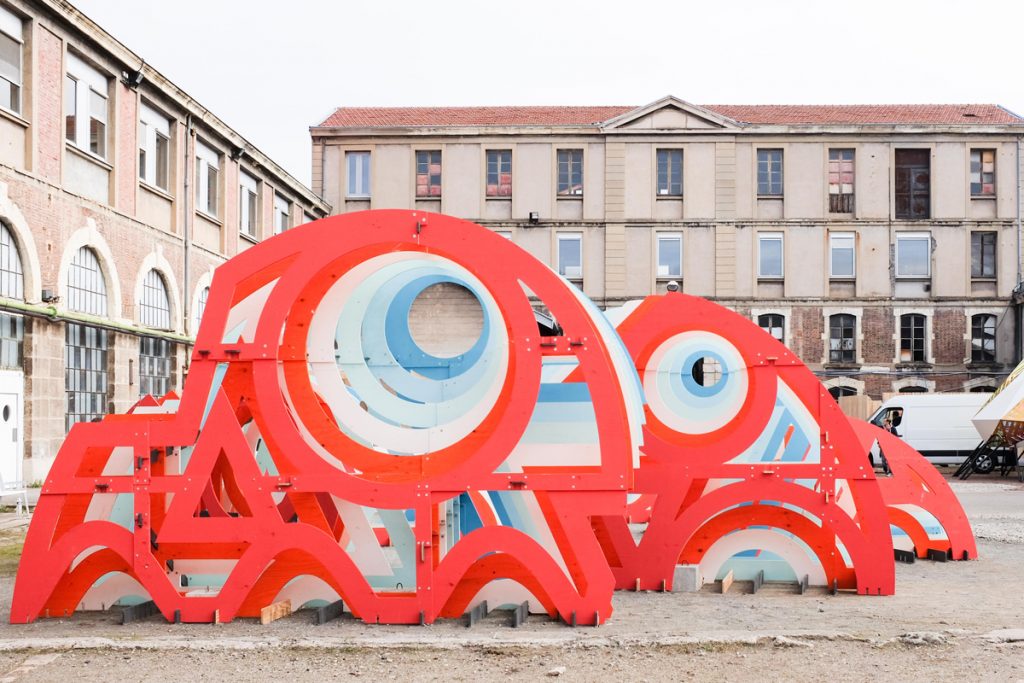
Located in the south east of France, the coal mining city of Saint-Etienne launched the Biennale Internationale Design 20 years ago. The 10th iteration recently opened (and will run through early April). Within, one will find an exploration of the concept of change. This theme, officially “Shifting Work Paradigms” was chosen by Olivier Peyricot, Scientific Director of the Biennale and Director of the Research Department at the Cité du Design. Since design is about problem-solving for the future, the exploration of work, technology, politics and society through that lens makes perfect sense. Of course, sometimes doubts are more relevant than the certainties—and the works at Saint-Etienne reflect that. While some look playfully at utopic futures and some are grim, all of them make a valid point about the ever-evolving nature of work, commerce and their effects on us as societies.
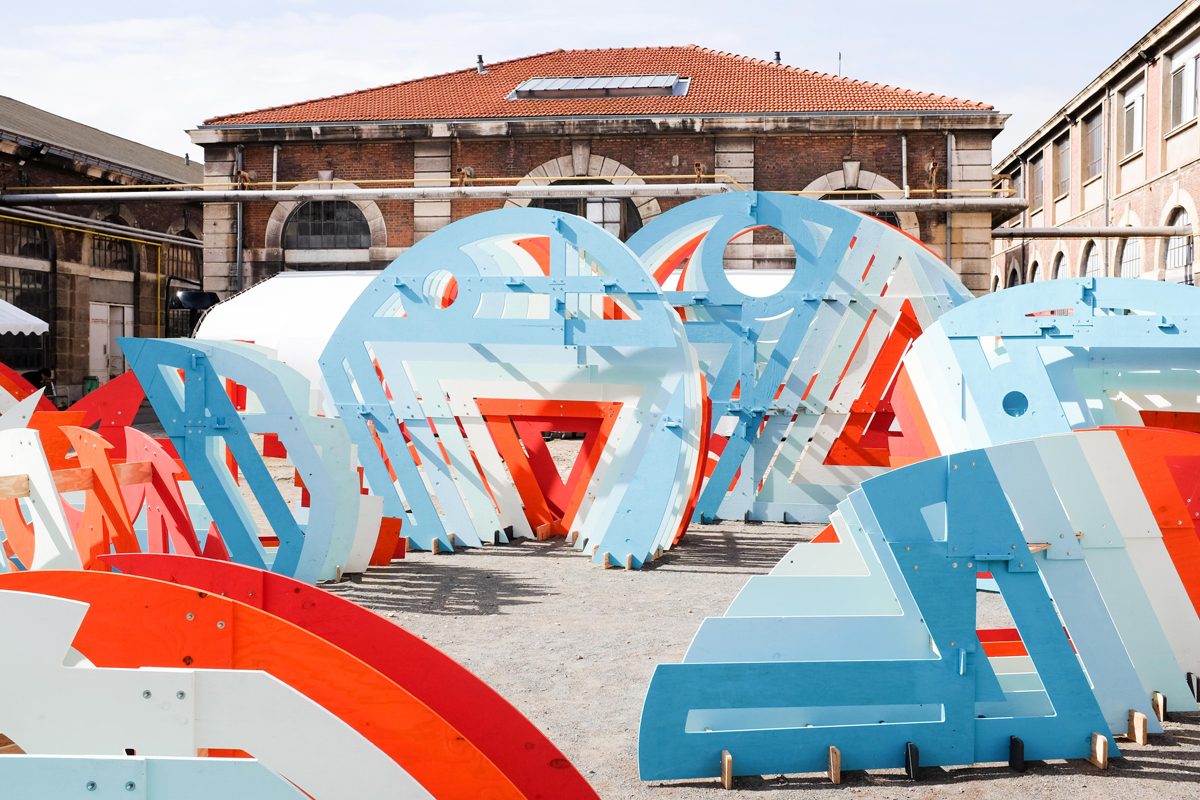
Several projects feature Detroit as a protagonist. While that might seem unexpected, the American city actually has quite a lot in common with Saint-Etienne—specifically an industrial past and a lively, evolving creative scene. “Out of Site” recounts the work of design studio Akoaki, whose founders (Anya Sirota and Jean-Louis Farges) create public installations and performances meant to generate experimental environments. Music plays a key role and, according to Sirota, “in Detroit, music is everywhere and it’s one of its most interesting forms of design.” The installation they present in Saint-Etienne is made of 450 pieces and can be easily dismantled and stored on a truck. This nomadic installation has already been used more than once in attempts to revive and excite suburbs—of course, accompanied by live music.
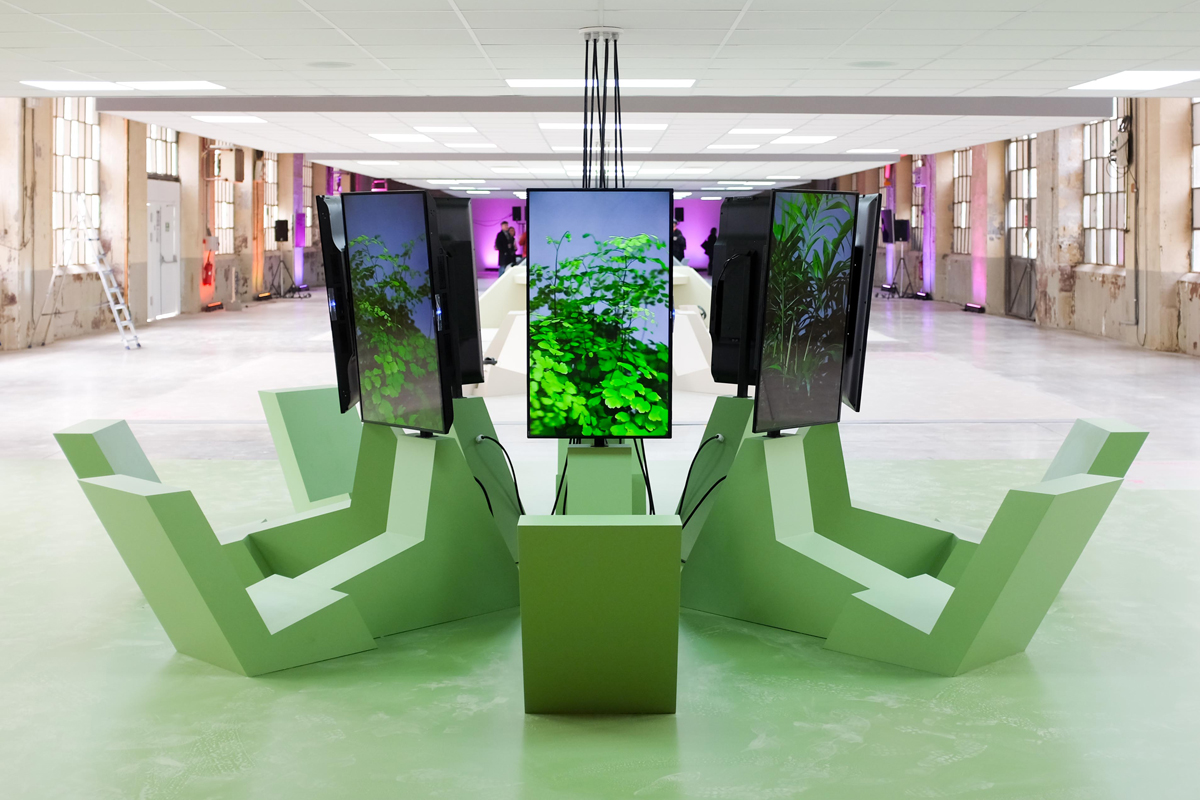
Another common theme at the event is that of work—more specifically work in the context of technology. Thanks to relentless notifications for e-mails, messages and calls, even without a traditional office, work follows us all the time. The exhibition “Working Dead” presents this idea as a spectacular installation. Five environments are aligned in a 1000-square-meter industrial space. Fake floors and ceilings recall a fairly dull office space, but no objects are on display—there are only sounds, voices, and images that create immersive and evocative situations of work. According to curator Didier Fiúza Faustino the five installations “look like temples or mausoleums, maybe graveyards” for quite a maudlin message.
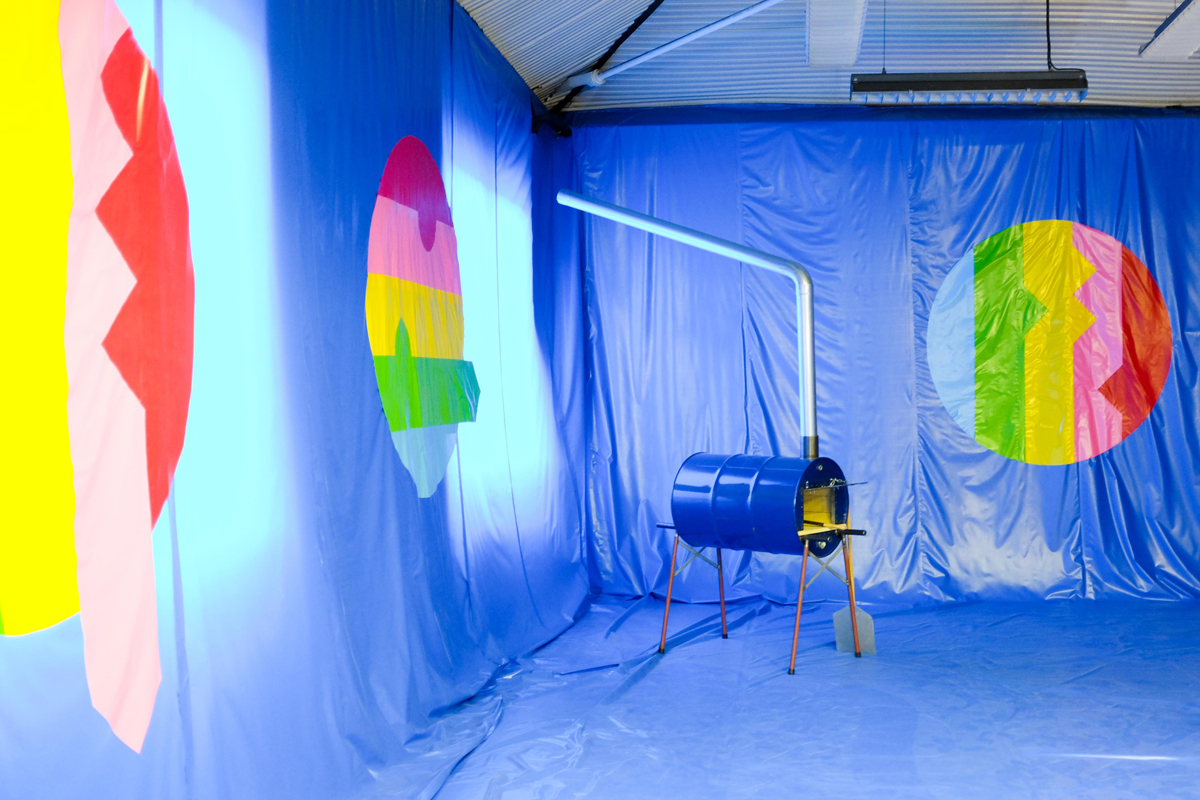
Following logically along the work theme is that of economy and currency. When thinking of an ideal future, equality and freedom are oftentimes key words—both of which are primarily reserved for the wealthy. At Saint-Etienne this year, visitors have the chance to live in a commune where you can stay for free in exchange for work. Artist and designer Jerzsy Seymour has created the colorful “Lucky Larry Cosmic Commune” inside an abandoned industrial building. Anyone can go and have a space, but it’s necessary to work for the good of the community by producing merchandise, cleaning, cooking or organizing lectures, conferences and concerts. Seymour states that this is “a non-utopian utopia based on exchange economy.”
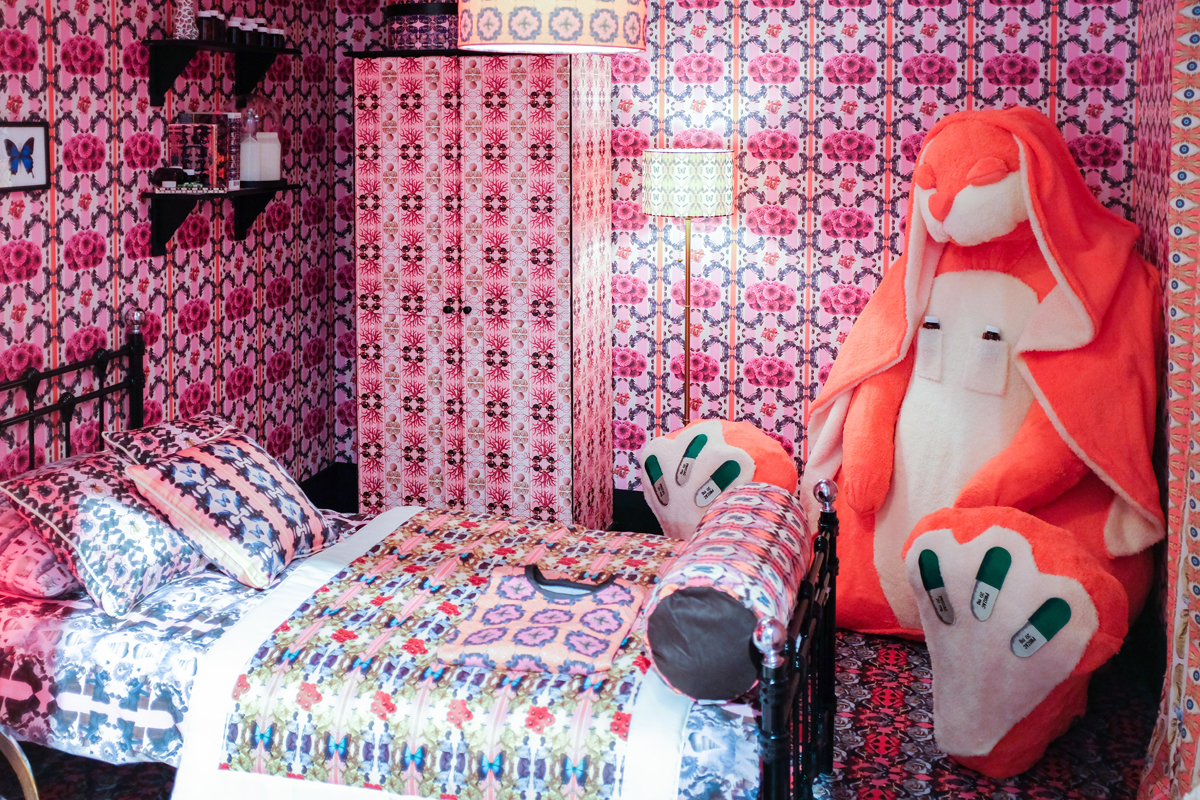
Also tackling the saturation of technology in our lives—both personal and professional—artist Tess Dumon created “Take Shelter.” This piece embodies a tiny room where everything is covered with images found on a phone—in essence, everything consumed via a smartphone each day is now physical. The result is both colorful and scary, invasive yet intriguing, something visitors can’t turn away from—just like our smartphones.
On now at Citè du Design as well as Mine Museum and Park, MAM Contemporary Art Museum, Art and Industry Museum and the stores in Rue de la Republique, Biennale Internationale Design Saint-Etienne will run through 9 April 2017.
Images by Paolo Ferrarini












